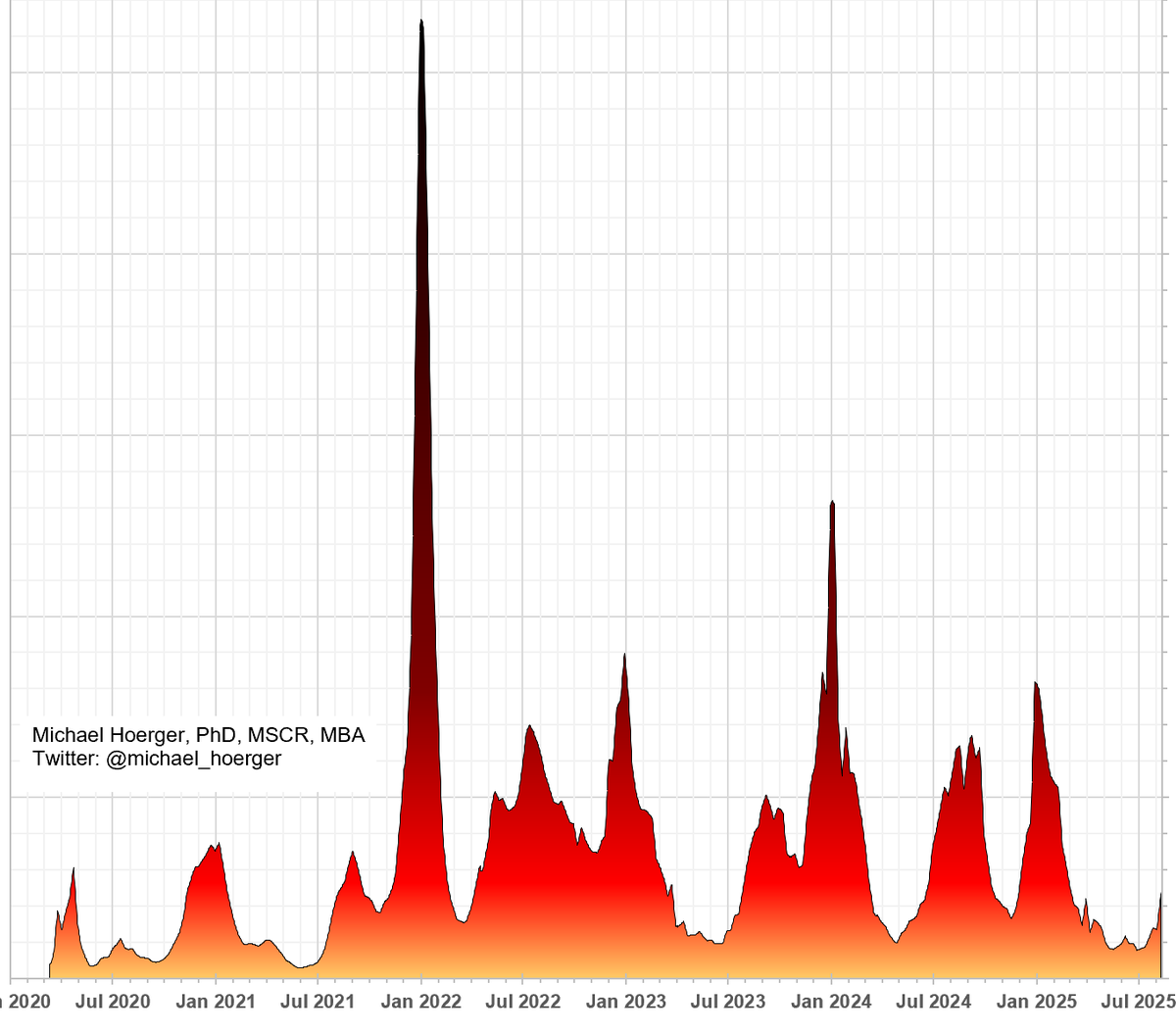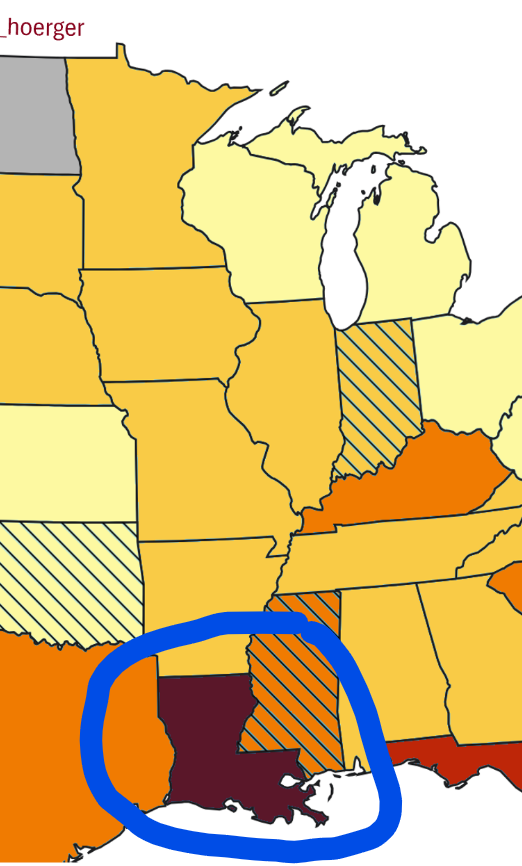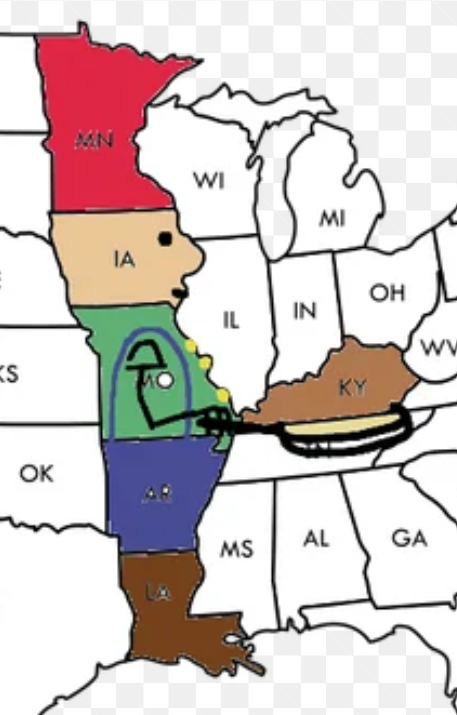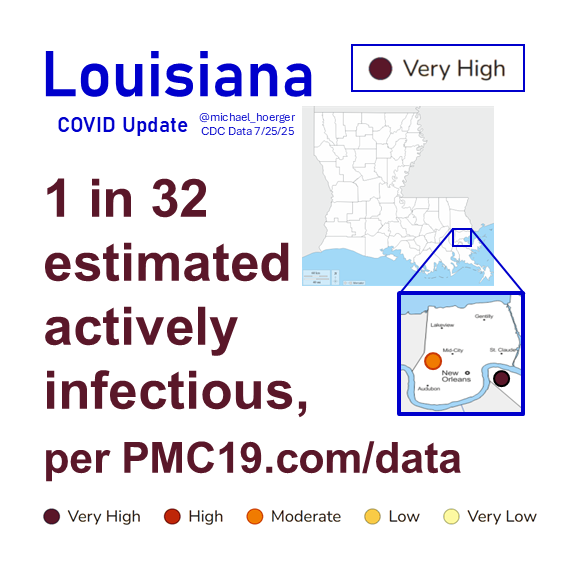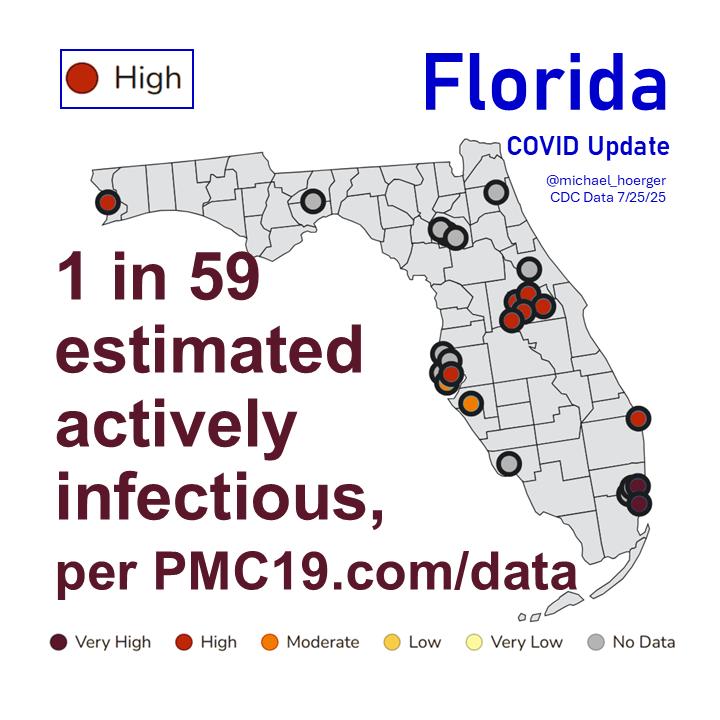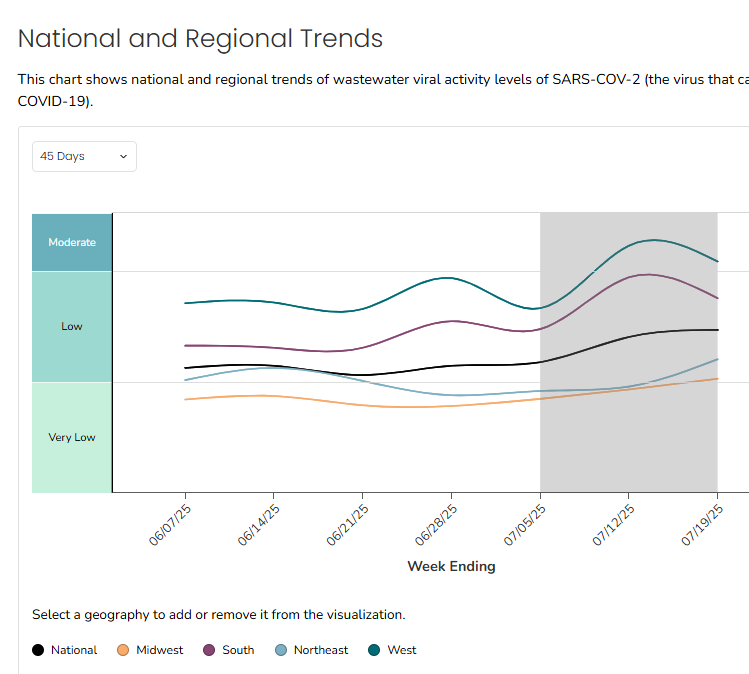The CDC wastewater surveillance page now notes technical difficulties. I warned of this, which is why PMC has not released updated prevalence (1 in ____ ) estimates.
Transmission is not "low." In fact, when they resolve the issue, the milestone may make national news.

Transmission is not "low." In fact, when they resolve the issue, the milestone may make national news.
https://twitter.com/michael_hoerger/status/1957663208895844632


This is where I first started observing the technical difficulties unfold before my eyes last Friday.
https://x.com/michael_hoerger/status/1956431508073259043?t=R26Wx0qDl6E2pQR9X85ayQ&s=19
It is also unclear whether their changes to how they bin quantitative levels into categories (e.g., Low) were an intentional change or a part of these technical difficulties.
https://x.com/michael_hoerger/status/1956698204734476486?t=MSbmHUpDshaNZlr6JijyFw&s=19
• • •
Missing some Tweet in this thread? You can try to
force a refresh







